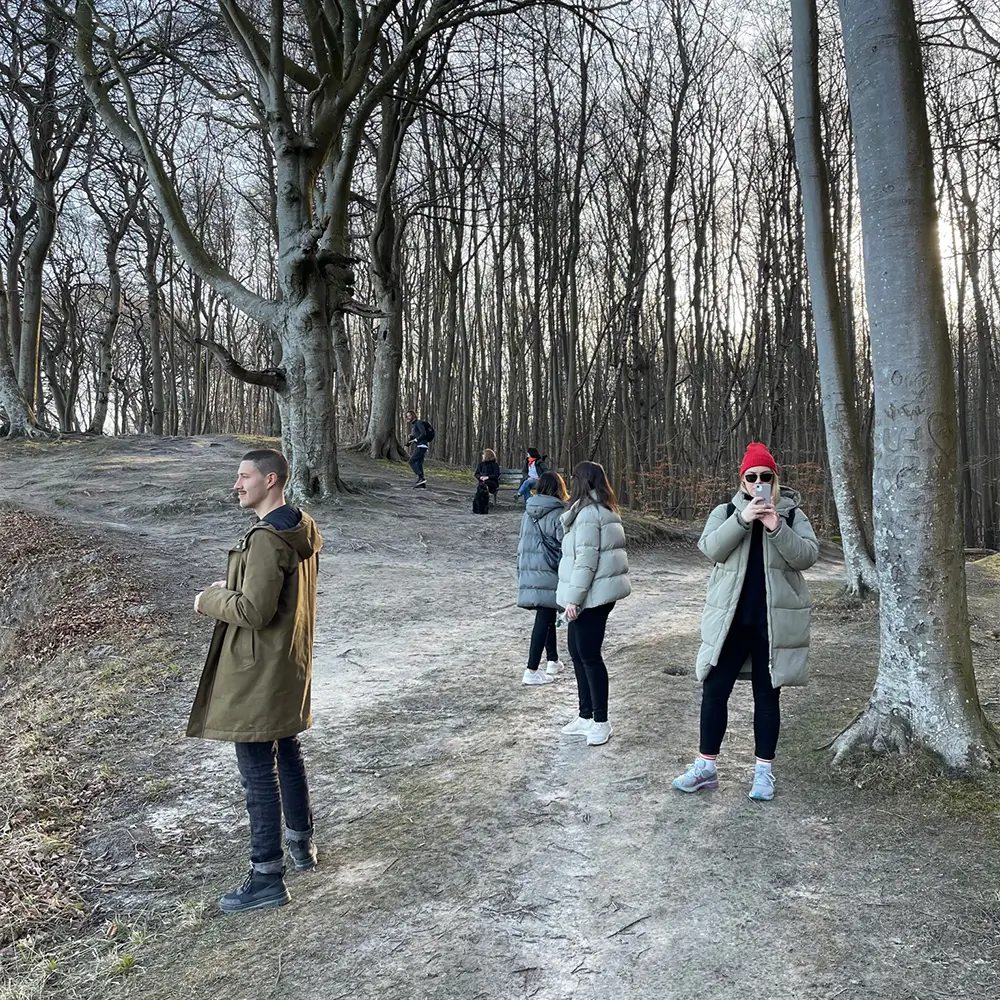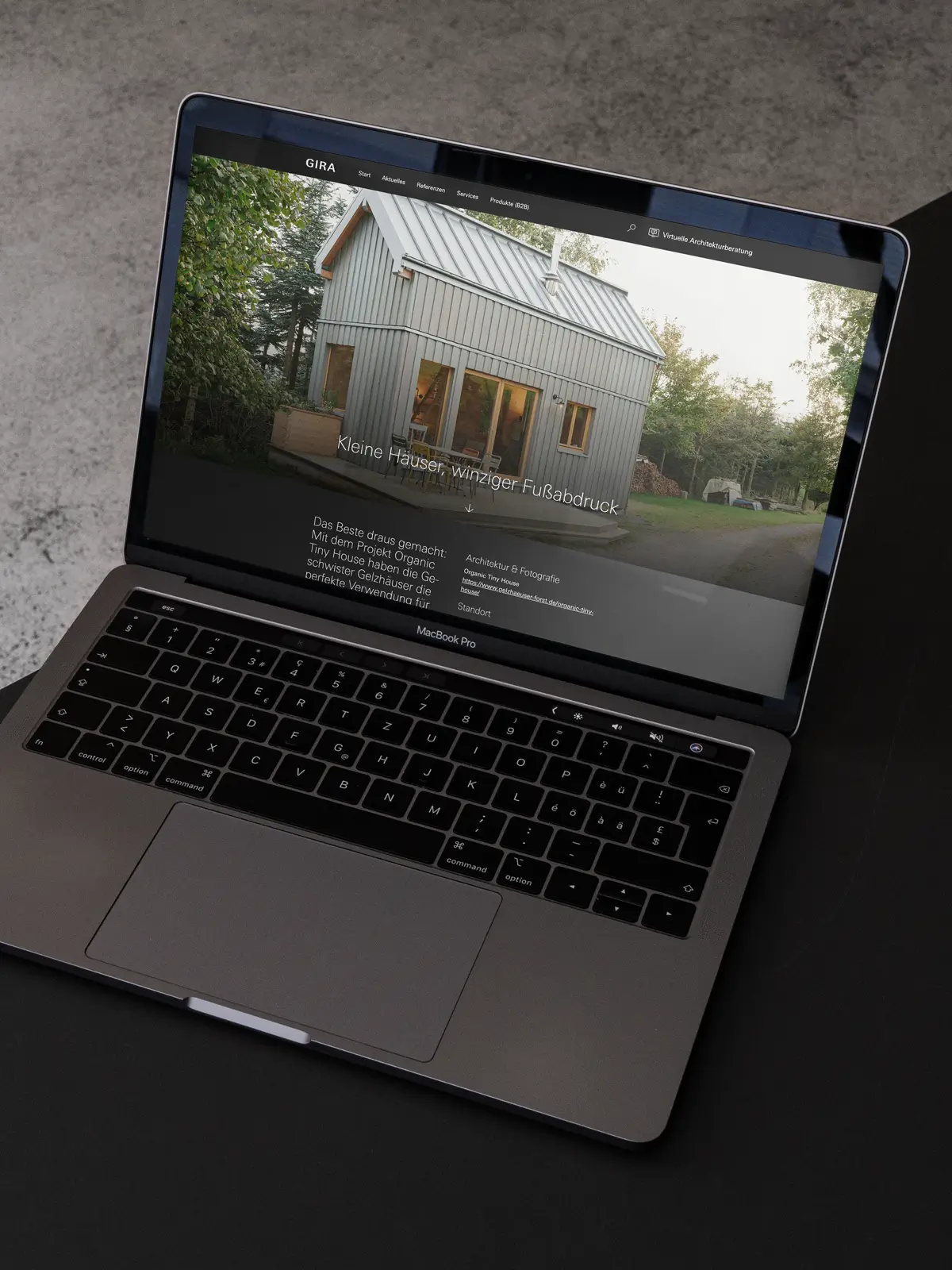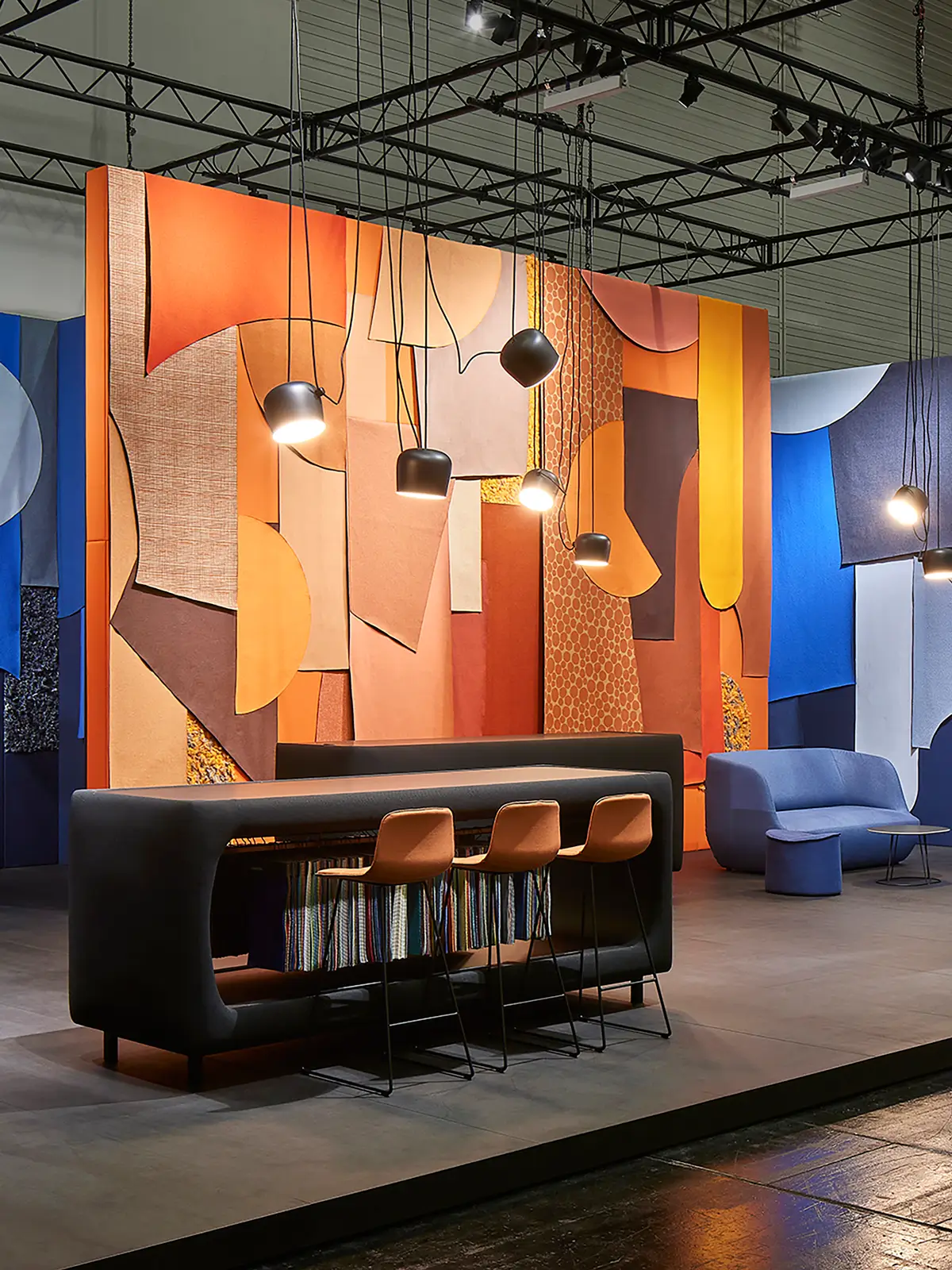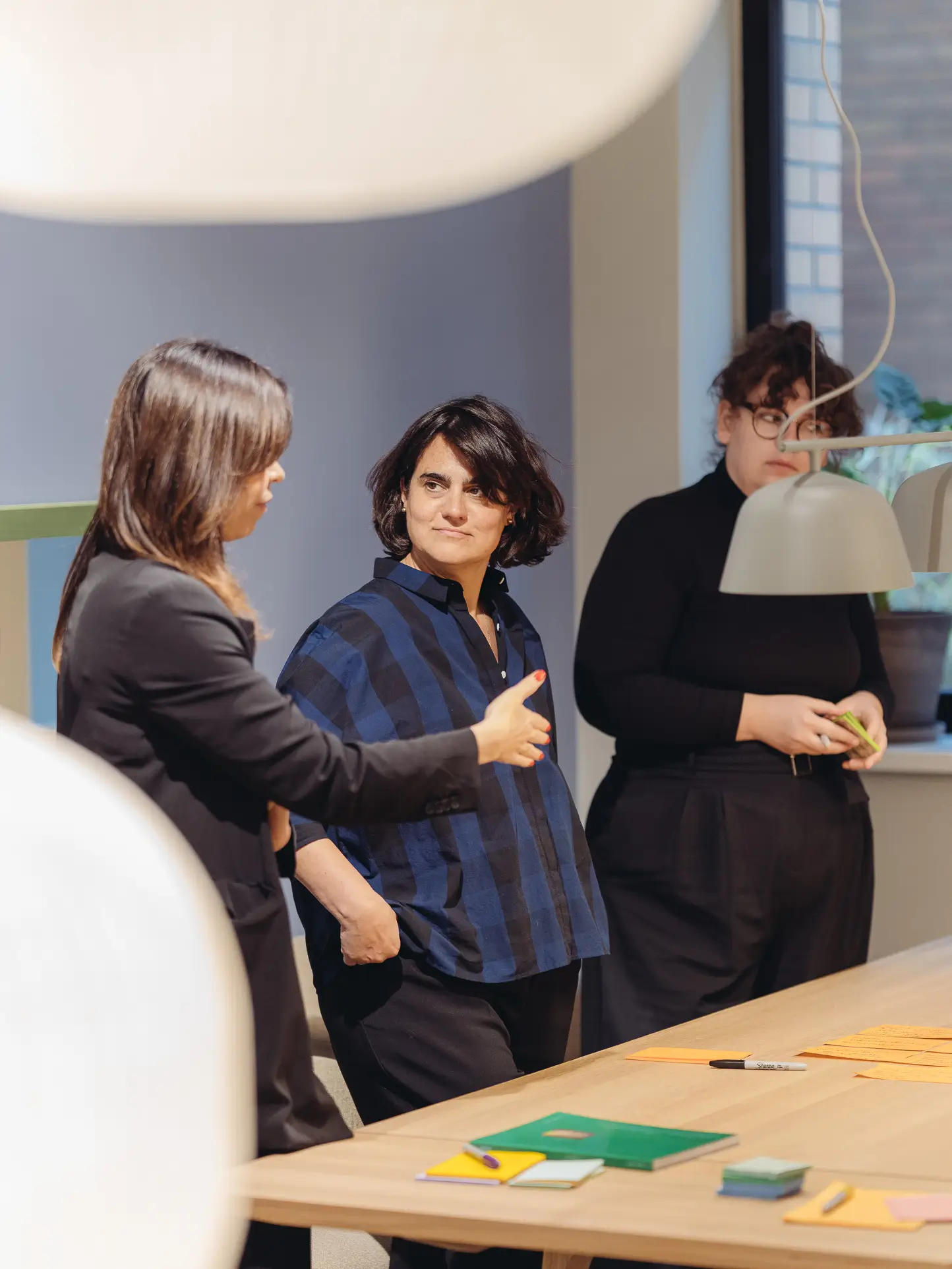Internal first: Why sustainability communication should always be directed inwards first

Could there possibly be one more target group for sustainability communication that you haven't yet considered? We often talk about addressing architects, processors, project developers, & Co., but who among you has truly considered the internal marketing & sales teams when disseminating knowledge about sustainability and the overarching sustainability strategy? More on this later - let's start with the basics of sustainable communication.
Sustainability may not initially arise in marketing & sales, but driving the topic proactively is still part of the role. Here are four reasons & hypotheses why it is important to integrate it as an elemental component in communication and not to forget about internal communication:
- Reason 1 – 🏆 Certification: Brands that engage with the certification of their companies and their products will be preferentially considered in competitions and projects with a sustainable focus in the future.
- Reason 2 – 🥊 Competition: Those who also deal with the topic of sustainability in a public-effective manner will remain competitive in the coming years and sustainably enhance their image in a double sense.
- Reason 3 – 🧼 Greenwashing: Those who align their communication measures strategically, honestly, and transparently will not fall into the greenwashing trap. The motto here is: Honesty lasts the longest and it's better to communicate small steps than false ones.
- Reason 4 – 🧠 Knowledge Transfer: Those who are well-positioned in marketing and sales in terms of topics and content and invest in their own knowledge transfer can communicate credibly and authentically, thus being perceived as a true partner during the project.
472,158 versus 38 – The oft-quoted figure of the construction industry being responsible for 38 percent of global CO2 emissions is well known to us all. Looking at the marketing and advertising sector alone, there were 472,158 employees in Germany in 2021, according to Statista. What if even half of these people seriously committed to value-driven communication of sustainability? That would be pretty cool.
Now, let's talk turkey times four.
How can those who are likely not involved in the production processes and probably not in the overarching decisions of the company make a meaningful contribution? Let's revisit our four reasons in detail and offer initial solutions:
🏆 Certification
Not only is it annoying, but it also means that the company misses out on an excellent opportunity for communication and a high volume of sales. This may now make you think about two things:
- "Which of our products actually have a certificate?"
- or: "Which of the numerous certification systems should I opt for?"
- and "Was this an isolated case or will products without suitable certificates/products not being considered become very common soon?"
Practically speaking, regarding the first thought: List them. All your products. Create an internal product matrix with individual categories that gives you and your colleagues an overview of your current status. Because only if you can better classify your own products can you advise your customers in the best possible way and help them make a sensible purchasing decision. Ask and answer questions like: Which products have a seal or a certificate? Which are close to getting one? What are the advantages and disadvantages in terms of price, features, etc., of sustainable products? What goals does the company have for future product developments?
And for the second thought: Any certificate is better than none, we could say now. But here too, it's important: Inform yourself about the certificates common in your product segment. Question the DGNB, get information about the various certification systems, consult your network, and find the best solution for you. No system has established itself in the market as the "golden solution." On the contrary, the labels and certifications are continually increasing. Important is: Check the award process. Good labels make their testing process transparent, and the examination is conducted through an independent institute. And perhaps even more importantly: Architecture firms are also uncertain about the "right certificates." Ask about the criteria for selecting construction products, conduct field research, and orient yourself based on what the target group shares with you.
🥊 Competition
"The topic of sustainability ends competition" is probably the most neutral impulse that comes to mind when thinking about competition. But far from the idealistic idea, we are still in an antagonistic economic system where it's about generating revenues to continue operating in the market - we are aware of that. So, how can you, despite high competitive pressure, achieve synergies with other actors and thus influence the company's success sustainably?
- Approach 1: Become active and list your products and projects on initiatives like Concular, Madaster, & Co. While your direct competitors may do the same, you support the circular development of existing and new properties on independent platforms.
- Approach 2: Attend industry events like the Climate Festival, 80-Second Summit, & Co., and network with other actors in the construction industry. Increase your budget by conducting joint field research, bringing target groups together at one table, and discussing and developing solutions.
- Approach 3: Engage in competitive research: What communication measures might your competitors already be pursuing much better than you? What can you draw inspiration from? What do you definitely not want to do?
Despite the high competitive pressure, the goal should be to achieve synergies with other actors to commit together to the construction turnaround.
🧼 Greenwashing
At the BAU 2023 fair, we noticed again: Many companies presented themselves in the usual way, in which we see several open opportunities and potentials. Because the different shades of green at the respective stands suggested that actually, a whole new story was supposed to be told. Supposed to, because some of you have fallen headfirst into the greenwashing trap.
Every fundamental strategy change presupposes a cultural change or must at least be accompanied by it. Sustainability as a total company strategy is such a fundamental change. Because economic success while being mindful of finite resources and considering natural regenerative capabilities requires not only a fundamental restructuring of business goals and models but also changes the relationship between companies and customers. This process takes time.
Greenwashing is one of the biggest pitfalls many companies fall into. Promotional statements, beautified calculations, and cheap merchandises should be avoided at all costs.
This means specifically for communication at trade fair stands: Continue to use the color "green," because it's not inherently bad. But refrain from promotional statements, beautified calculations because they sound good, and cheaply produced merchandises. Do not be misled by the supposedly great successes of your booth neighbors. Communicate at your own pace the attitude, successes, and next steps of your own company, which has finally set out to act more sustainably.
🧠 Knowledge transfer
Let's come back to the initial question, which was, which target group is often overlooked: It's your own teams, employees, and colleagues.
Invest time and energy to anchor your new and sustainable messages internally as well. While products and campaigns are mostly directed towards external communication, make sure you do not neglect the target group closest to you in terms of sustainability.
Why? You and your colleagues are being confronted with urgency in full force, and "suddenly" a highly complex field of topics emerges that needs to be processed on top of daily work and communicated externally. Therefore, prepare the topics in a way that allows you to first pass them on to Marketing & Sales - possibly sprinkled with internal lines of reasoning and information - before they are communicated externally. This ensures a "One Voice Policy" and prevents confusion caused by differing statements in the context of sustainability with your brand or products. Helpful tools and methods include regular topic newsletters, an internal wiki, sales and marketing training, as well as working groups on specific subjects.
It's important to actively and consciously steer the process. Because only those who stay engaged have the chance to inspire as many people as possible for the topic that will be omnipresent in architecture communication in the coming years.
What are the concrete learnings from the previous recommendations?
Establishing sustainability communication means making strategic and entrepreneurial investments and considering changes in the target audience. Project requirements are changing, the know-how, especially of the emerging architecture generation regarding sustainability, is changing, and regulations are becoming stricter. This means that none of you can continue as before but must focus your own communication, especially on the earlier phases of the planning process. Address target groups where, colloquially speaking, the money is, bring investors and project developers on board, inform about sustainable products and projects to multiply your own knowledge and contribute to value creation.
Sounds good and you want to know more? Then feel free to contact us anytime, we look forward to hearing from you.
💚




